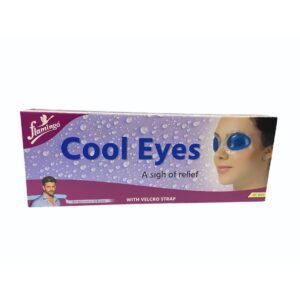DEXTROMETHORPHAN + BROMOHEXINE HYDROCHLORIDE
Dextromethorphan: Dextromethorphan is a medication commonly used as a cough suppressant. It is an over-the-counter drug available in various forms, including cough syrups, lozenges, and capsules.
The mechanism of action of dextromethorphan is not fully understood, but it is believed to work by acting on the brain’s cough center, reducing the urge to cough. It belongs to a class of drugs called antitussives.
The dosing of dextromethorphan can vary depending on the specific formulation and the individual’s age. For adults, a typical dose ranges from 10 to 30 mg every four to six hours, not exceeding 120 mg per day. For children, the dose should be based on their age and weight, following the instructions on the product packaging or as directed by a healthcare provider.
While dextromethorphan is generally considered safe when used as directed, it can have some potential side effects. Common side effects may include dizziness, drowsiness, nausea, and stomach upset. It is important to avoid driving or operating machinery if experiencing drowsiness.
Higher doses or misuse of dextromethorphan can lead to more serious side effects, such as confusion, hallucinations, rapid heartbeat, high blood pressure, and even seizures. Misuse or combining dextromethorphan with other substances, such as alcohol or certain medications, can increase the risk of these adverse effects. It is crucial to follow the recommended dosage and consult a healthcare professional if experiencing any concerning symptoms or interactions.
Bromohexine Hydrochloride: Bromohexine hydrochloride is a drug that is commonly used as a mucolytic agent. It helps to thin and loosen the mucus in the respiratory tract, making it easier for individuals to cough up and clear out the mucus.
The mechanism of action of bromohexine hydrochloride involves the stimulation of the activity of the cilia lining the airways. This increased ciliary activity promotes the movement of mucus and helps to remove it from the respiratory tract. Additionally, bromohexine hydrochloride increases the production of pulmonary surfactant, which helps to reduce the viscosity of the mucus and facilitates its clearance.
Bromohexine hydrochloride is usually administered orally in the form of tablets or syrup. The recommended dose for adults is typically 8-16 mg three times daily. For children, the dosage depends on their age and weight and is usually prescribed by a healthcare professional.
Like any medication, bromohexine hydrochloride can have side effects. Common side effects include nausea, vomiting, abdominal pain or discomfort, diarrhea, and allergic reactions such as skin rash or itching. Some individuals may also experience dizziness or headache. If these side effects persist or worsen, it is important to seek medical attention.
It is worth noting that bromohexine hydrochloride interacts with certain medications such as antibiotics (e.g., erythromycin, tetracycline) and medications that suppress cough reflexes (e.g., codeine). Therefore, it is important to inform your healthcare provider about all the medications you are taking to avoid any potential drug interactions.
Overall, bromohexine hydrochloride is a commonly used mucolytic agent that helps in relieving respiratory symptoms by thinning and loosening mucus. However, it is essential to follow the prescribed dosage and consult a healthcare professional if any concerns or side effects arise.

